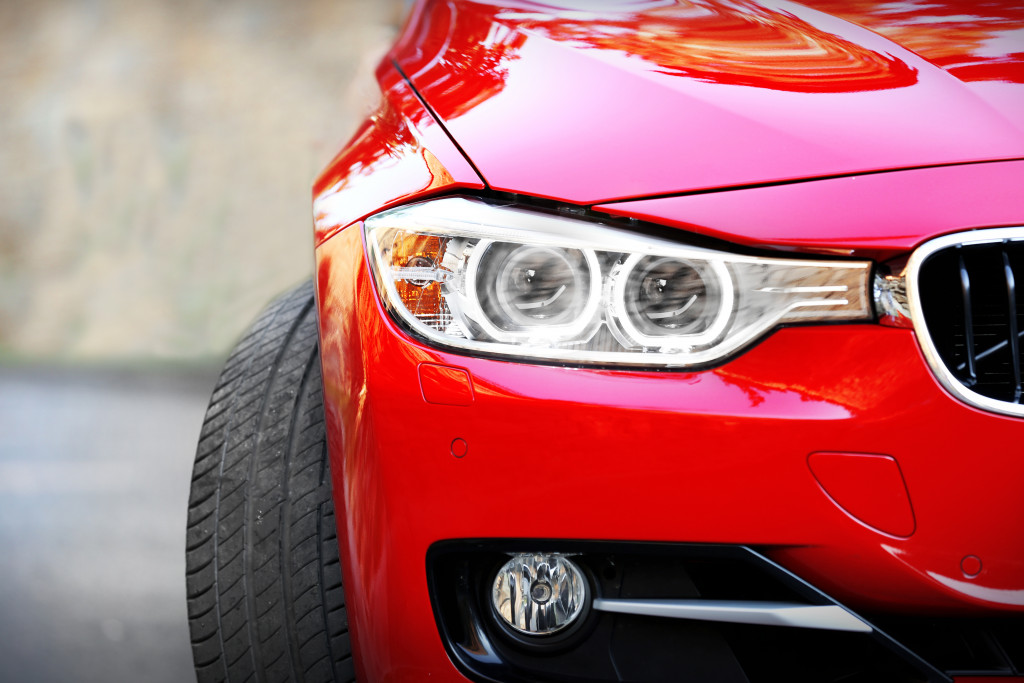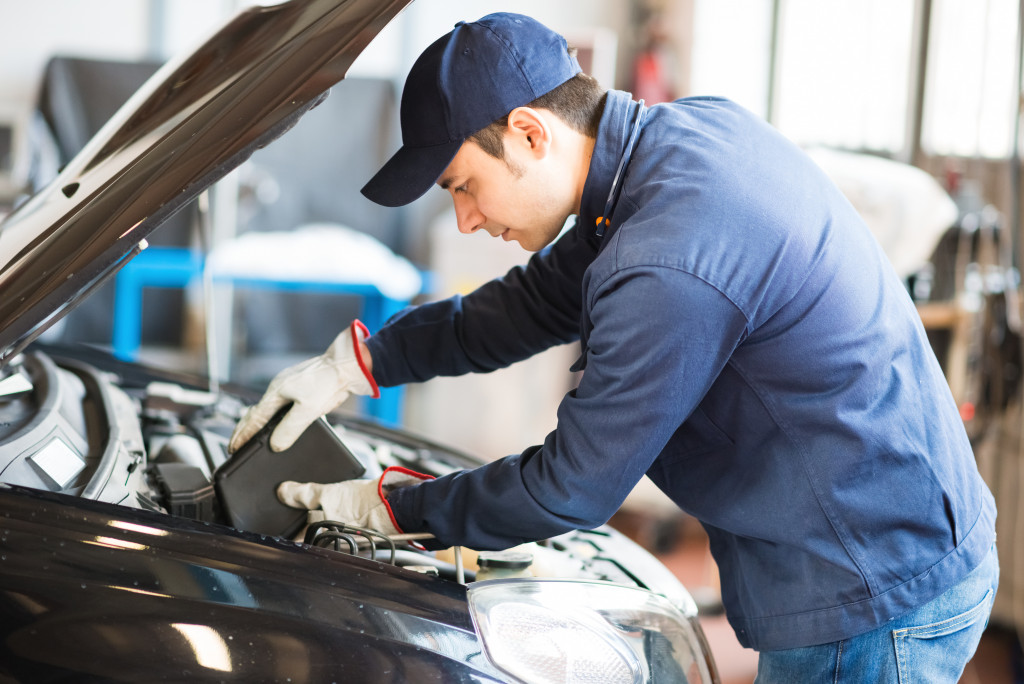- Check tire pressure and tread depth before departing on a long drive.
- Test all lights, electronics, windshield wipers, and AC systems.
- Make sure car fluids are topped off, and there are no leaks.
- Bring an emergency kit with spare parts, snacks, and water.
A long drive can be an enjoyable experience — that is, if you’re prepared. Before you hit the road, make sure you take a few minutes to check some essential items in your car. Keep reading for a list of five things you should always check before departing on a long drive.
1. Tires
Whether you’re driving in hot or cold weather, checking your tire pressure should be one of the first things on your pre-trip checklist. The air pressure inside your tires affects their performance, so it’s essential to ensure they are not over or under-inflated. The right tire pressure will give you better fuel efficiency, improved handling, and better traction when braking.
Tread depth
Another thing to check is your car’s tire tread depth. Tread depth is important because it determines how much traction your vehicle has on wet or icy roads. The deeper the tread, the more grip you have, so check it before setting off for a long journey.
Steering Suspension
The next item to check is your steering suspension. Over time, components like ball joints, tie rods, and bushings can wear out or become damaged, making it difficult for your car to handle properly. Before heading off on a long drive, check these components for signs of wear and tear and replace any defective parts with durable ball joint replacements. Ball joints are designed to keep your car’s tires flat against the road and suspension systems running smoothly, so these are essential for a safe journey.
Always keep a spare
It’s always a good idea to have a spare tire in case of emergencies. Make sure it has the correct inflation pressure and is in good condition before you embark on your journey. This will give you peace of mind if you ever encounter a puncture or blowout while on the road.
2. Lights and Electronics

Checking all the lights and electronics in your car before going on a long drive is essential for safety and convenience. Ensure all headlights, brake lights, and turn signals are working correctly by turning them on before getting behind the wheel. Also, test other electronic components such as your windshield wipers, defogger, or heated seats to ensure that everything is functioning properly before embarking on your journey.
Poor lighting can make it difficult for other drivers to see you on the road, increasing the risk of an accident. According to AAA, nearly 50% of all traffic fatalities involve vehicles with malfunctioning headlights or taillights. Additionally, ensuring your windshield wipers and defogger are correctly working can help you see clearly in any weather conditions, reducing the chance of a crash.
3. Vehicle AC
If you plan on being in the car for extended periods during hot weather months, it’s crucial to ensure your vehicle AC is working properly beforehand! Ensure that all vents are blowing cool air and that there aren’t any funny noises coming from the system while it’s running — these could be signs that something isn’t working correctly and needs to be serviced by a professional technician immediately.
Experienced technicians use industrial air conditioning tools to diagnose and repair AC systems, ensuring your car is ready for a long drive in the summer months. Professionals can also recharge AC systems if the refrigerant levels are low and check for any leaks, preventing you from ending up with a warm car on the side of the road.
4. Car Fluids

It’s essential to check all the fluids in your vehicle before taking off on any road trip — this includes engine oil, transmission fluid, power steering fluid, and coolant/antifreeze levels too! Not only do these help keep your engine running smoothly, but they also help prevent any major issues from occurring while you’re out driving for extended periods! If anything looks low or dirty, it might be best to get it changed or topped up by a professional before leaving home, so there are no surprises.
Regularly check for leaks
When you’re on a long drive, it’s also important to regularly check for any fluid leaks under the car. If something looks suspicious, it’s best to get it checked out by a professional as soon as possible. Otherwise, you may find yourself stranded in a place where help is more challenging to come by.
5. Emergency Kit
Last but not least — make sure to bring along an emergency kit just in case anything goes wrong while on the road! This should include items like jumper cables (to jump start dead batteries), flares (to signal other drivers if needed), tools (like screwdrivers & wrenches), spare fluids (oil & coolant), flashlights (for night time repairs) & other basic items like duct tape & zip ties which can come in handy during any unexpected situations.
A first aid kit should include bandages, gauze pads, medical tape, antiseptic wipes, antibiotic ointment, and sterile gloves. You should also have over-the-counter medications like ibuprofen or acetaminophen for pain relief and antihistamines to help with allergic reactions. Finally, ensure that some non-perishable snacks and water are on hand, just in case you get stranded. This can help keep your energy levels up while waiting for help.
To Wrap Things Up
Taking care of these five tasks will ensure that you have an enjoyable ride with no surprises along the way! From checking tire pressure and electronics to ensuring all fluids are topped off, this pre-trip checklist will help keep you safe while traveling long distances in any weather conditions! So get ready. It’s time to hit those open roads with confidence!




